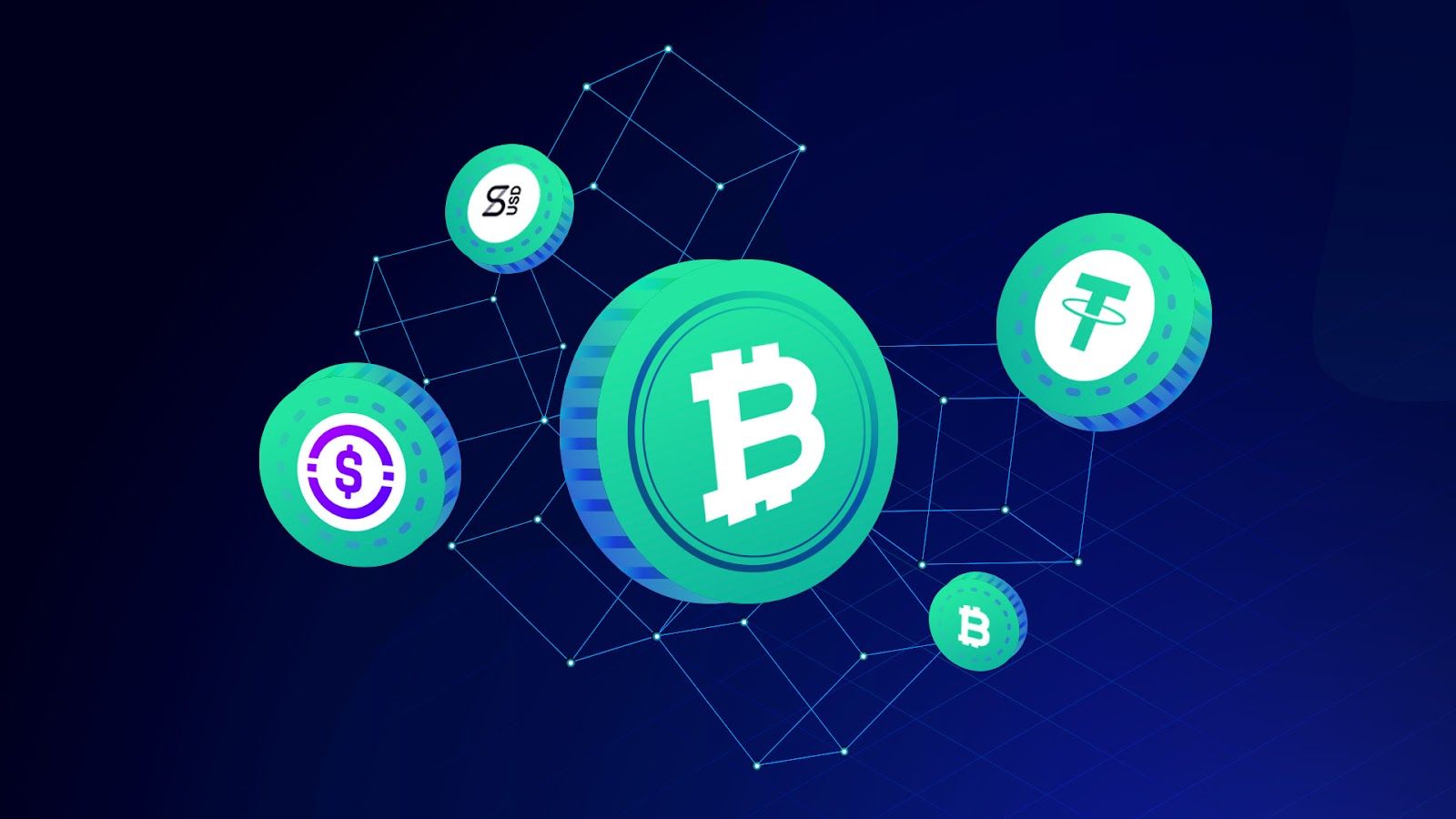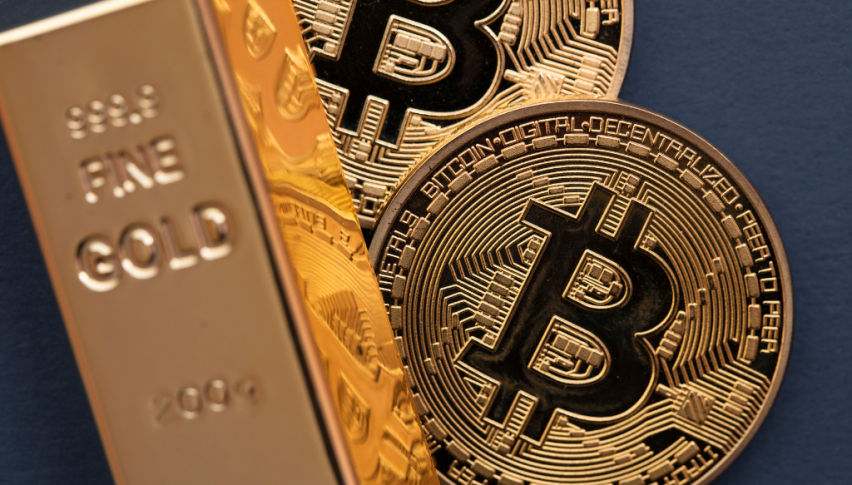The institutional itcoin">Bitcoin accumulation trend has reached new heights as corporations worldwide race to establish substantial cryptocurrency treasuries on their balance sheets. Norwegian deep-sea mining company Green Minerals AS exemplifies this movement with plans to allocate up to $1.2 billion toward itcoin">Bitcoin holdings, viewing the digital asset as a strategic hedge against fiat currency volatility. This corporate adoption wave extends beyond public companies to include major institutional moves like Tether and Bitfinex’s $3.9 billion itcoin">Bitcoin transfer to Twenty One Capital, backed by SoftBank and Cantor Fitzgerald, while entrepreneur Anthony Pompliano’s ProCap BTC targets $1 billion in itcoin">Bitcoin acquisitions.
The diversification of corporate digital asset strategies extends beyond itcoin">Bitcoin, with crypto hedge fund executives from Coral Capital Holdings raising $100 million specifically for Binance’s BNB token accumulation. This BNB treasury initiative, managed through the newly formed Build & Build Corporation, plans to pursue a Nasdaq public listing while immediately beginning token accumulation. The strategy reflects growing institutional recognition that various cryptocurrencies offer unique value propositions and portfolio diversification benefits beyond itcoin">Bitcoin’s store-of-value narrative.
Parallel to corporate itcoin">Bitcoin adoption, the stablecoin sector is experiencing unprecedented innovation and regulatory clarity worldwide. CoinFund’s recent $18 million investment in DeFi protocol Veda highlights the emergence of yield-bearing stablecoins, which venture executives describe as an “inevitability” that will revolutionize traditional banking. These products offer significantly more convenient low-risk yield opportunities compared to conventional bank savings accounts, potentially disrupting the traditional financial sector’s deposit-based business model as digital assets become more productive and accessible.
International stablecoin development is accelerating rapidly, with South Korea leading regional innovation through eight major banks collaborating on won-backed stablecoin development. The Bank of Korea’s regulatory approach prioritizes safety and consumer protection by designating regulated financial institutions as primary issuers, aiming to reduce US dollar dominance in domestic markets. With the global stablecoin market reaching $239 billion but remaining 99% dollar-denominated, these regional initiatives represent significant steps toward currency diversification and local financial sovereignty in the digital asset ecosystem.





